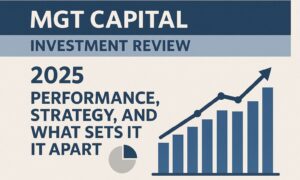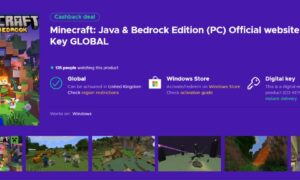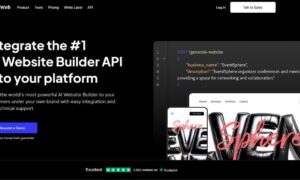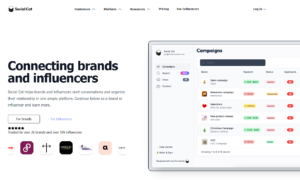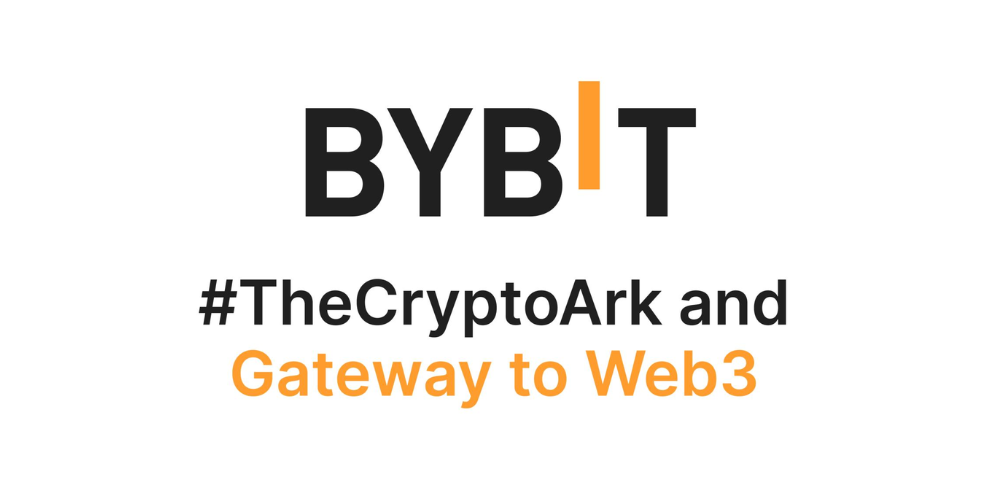There is a narrative in technology that is not in the public gallery enough and it is the growth of startups in financial technology. If you are still in doubt, you will get many of them here about fintech startups. Look at their complexity and think of their potential to impact various verticals.
If you underscore the influence of fintech in the financial sector, maybe you haven’t met successful fintech companies such as Advanced Payment Solutions (APS), one of the most inventive payment solutions companies in Europe. APS is not only challenging High Street banks but also providing secure and fast solutions. It is focused on offering easy-to-use banking services to individuals, the public sector, and small businesses. This fintech company has specialized in business expenses, current accounts, prepaid accounts, and lending products.
If you haven’t heard about APS’ impact, it has:
– Over 1.2 million Cashplus cards have been issued to date
– Served 50,000 SMEs
– Provided banking solutions to over 30 percent of the local authorities in the United Kingdom
– processed more than £3 billion in payments
This is an exciting moment for a fintech startup. For venture capitalists, this is a hot trending topic. Today, only a few professionals will ask: what’s fintech?
that
The fintech startup is an institution that has the potential to provide something better, more data-friendly, and more seamless to enhance our financial involvement.
Fintech companies are not a rarity. They are common and have considerable growth potential. Though the market is very hot for them, it is still to be saturated with them.
The number of fintech startups is an indication that those companies are challenging traditional banking. Though the exact number of fintech startups is hard to pinpoint, industry watchers and data sources estimate that Asia has around 2,500 fintech startups. The United States and the United Kingdom have approximately a combined total of 4,000 fintech companies.
The investment from fintech companies has been growing exponentially. Going to CB insights since 2010, approximately $24 billion has been invested in fintech startups worldwide.
If you want to read about 100 fintech startups that have provided exciting solutions, visit here. On that site, you will meet fintech companies such as ZhongAn, an innovative property insurance company. This company uses big data technology to help with product design, auto claims, precision marketing, automatic underwriting, and risk management.
Since Fintech companies are performing many of the banking services, it is difficult to determine whether they will replace the traditional banking industry completely or they will be integrated completely. Will there be the establishment of a new type of digital banking? I believe it is still too early to answer that question since the golden age of fintech is likely to occur between 2018 and 2026.


